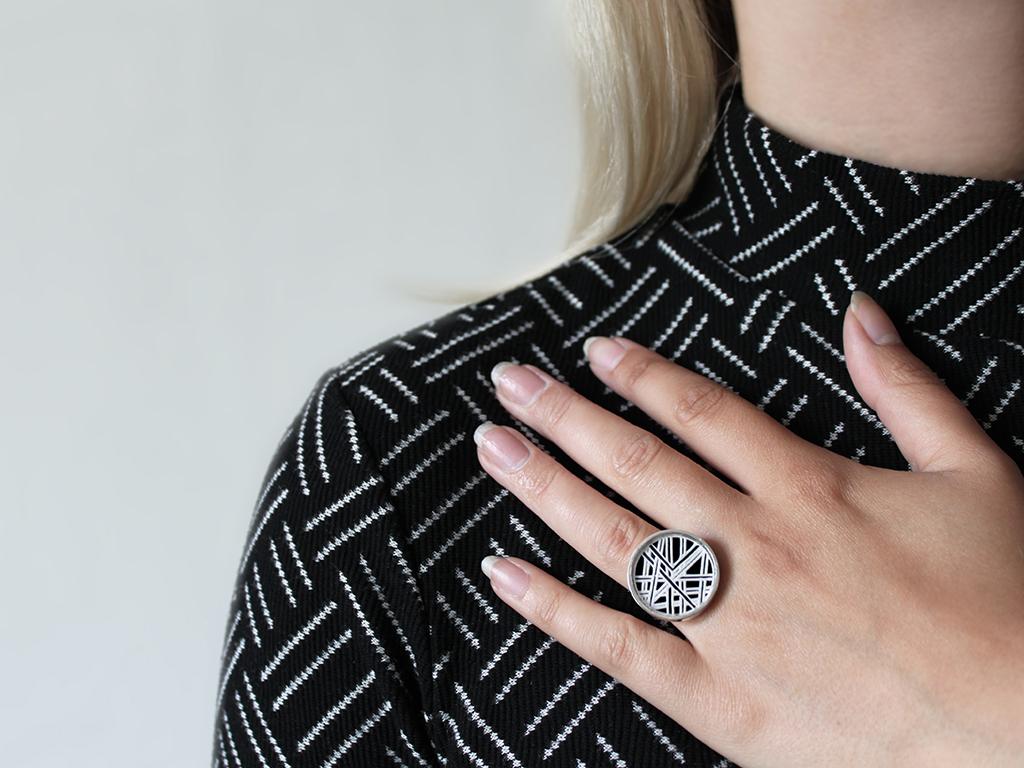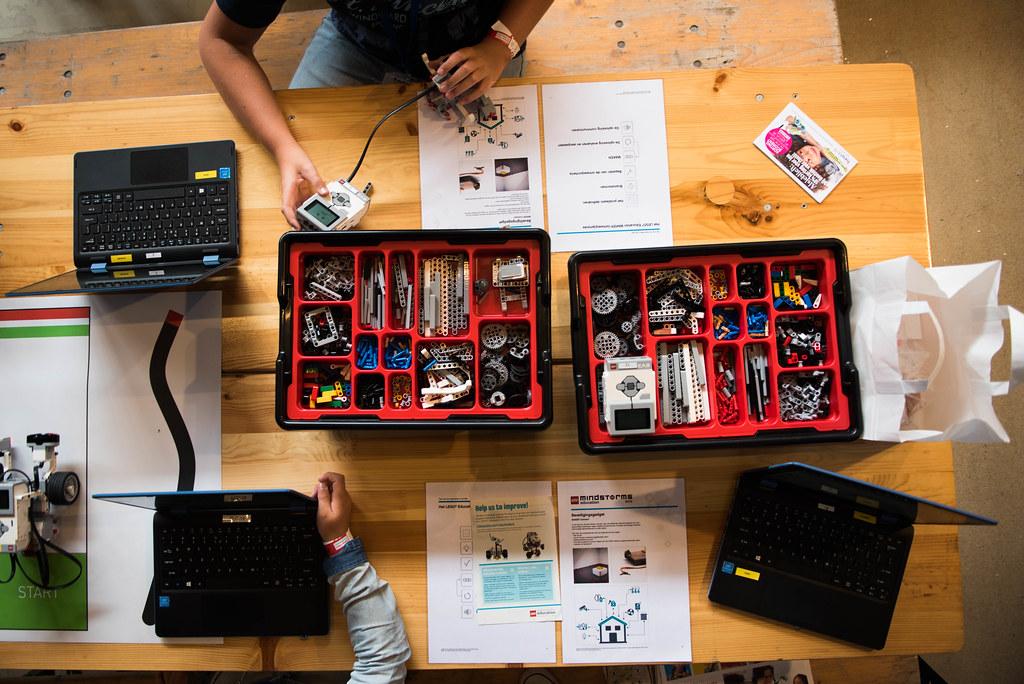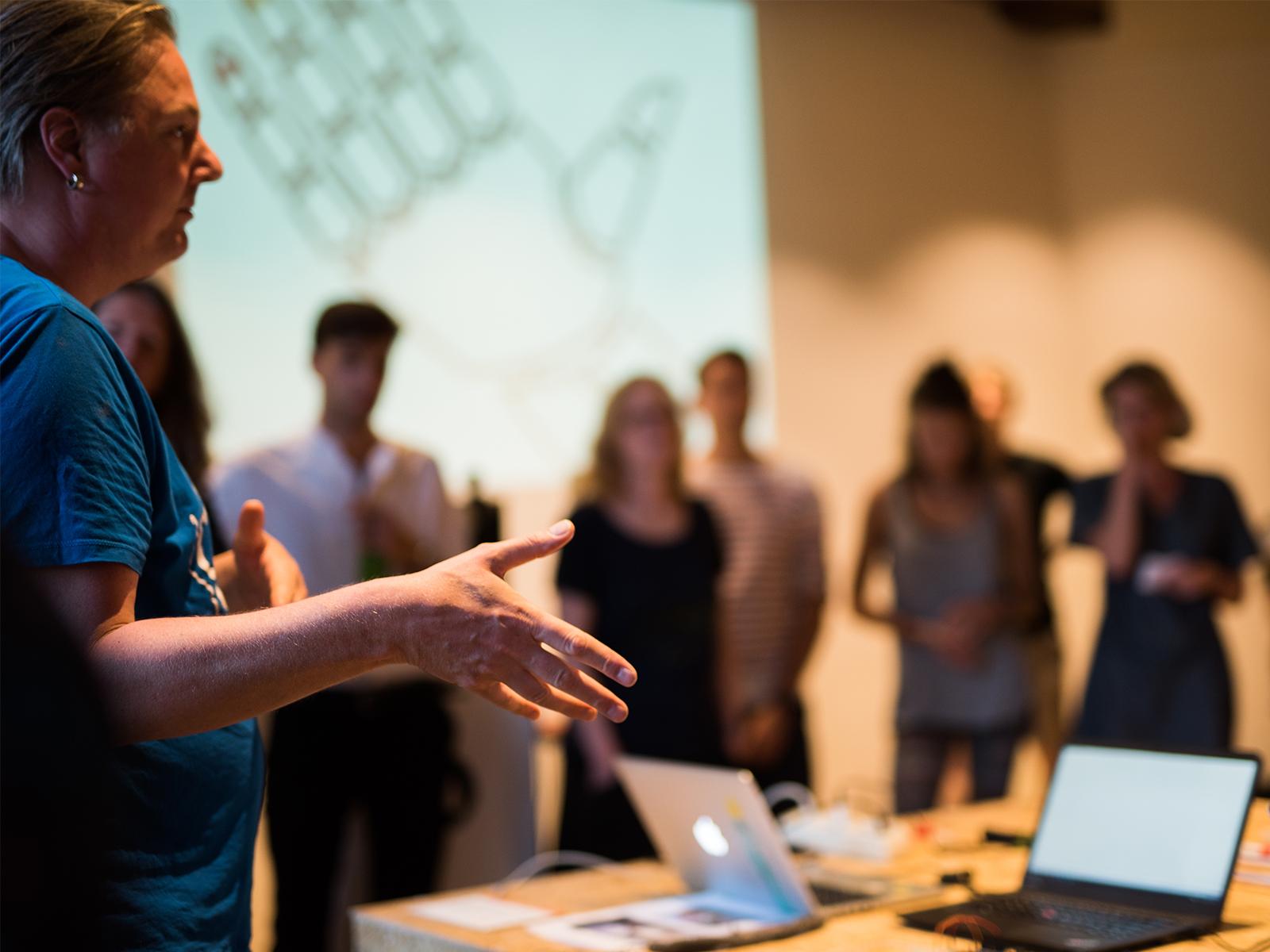How do we build our own personal history and in which way will we be remembered after our death? Two important questions for concept developer and designer Josse Willems. During her graduation project at Waag she explored how we collect memories and how this is all changing because of the society we live in.
Consumption Society
Several social components have a large influence on our personal history. The first component is the fact that we live in a consumption society, we buy a lot of things but we also throw away a lot. Because of this throw-a-way-culture we get less attached to our own products. And our appreciation for tangible things slowly disappears. This really influences the way we will be remembered after our death because our tactile personal history will slowly fade away. In former times, when somebody passed away we used to remember them by tangible products. “My grandmother has one box with a lot of personal stuff of her passed away family members and other loved ones. When she looks at these products a lot of memories of this particular person is coming back to her. So tactile products used to be some kind of a trigger for our own memories that are stored in our mind”, according to Josse Willems.
Digital Era
Besides the consumption society we also live in a world where the use of digital technology is becoming our second nature. All our memories, thoughts and conversations are digitized. Every single day more than 350 million photos are posted on Facebook. This means that in the end all the tactile photo albums will disappear and become photo albums on social media, letters will transform into WhatsApp conversations and all our favourite songs can only be found in our Spotify account. Everything that’s really dear to us and all the precious memories we collect have now all became digital files. We used to have an analogue heritage, whereas now it’s a digital one. The kids who grow up today, also known as the Digital Natives, will probably have a new phone every 2 years, or around 40 phones during their lifetime. Every phone has its own storage where all the digital files are saved. So a lot of valuable memories will get lost during time, because of the transition between different devices.
The Memo Ring
So, we must find a new way to keep these precious digital memories alive and make sure that they will not disappear after our death. “My purpose for my graduation project was to design a product or service for the Digital Natives. This product should give them the opportunity to store their most valuable memories so they will be remembered in a valuable way by their children and grandchildren.”
Josse Willems developed a product called the Memo Ring. It’s a combination between a tangible product and a selection of the digital files we have nowadays. The Memoring is a personal memorial product and travels through time from generation to generation. Every ring has its own pattern, based on a family story. This pattern kind of works like a QR code. The Memo ring can be scanned with the camera of your smartphone or tablet, and you’ll get access to your own Digital Heaven.
The Digital Heaven
The Digital Heaven is a platform where all the memories of different generations come together. The ring bearer is able to see memories and favourite things of your loved ones from former generations. Besides seeing all the memories of others you can also upload your own personal memories.
The Memo Ring is a solution for losing valuable digital files but this platform also makes you aware of the overload photo’s you make and forces you to think about the memories you would like to store and show to your relatives. Over the years the Memo Ring creates a visible family history and most important this ring ensures that all valuable memories stay alive in the Digital Heaven.


